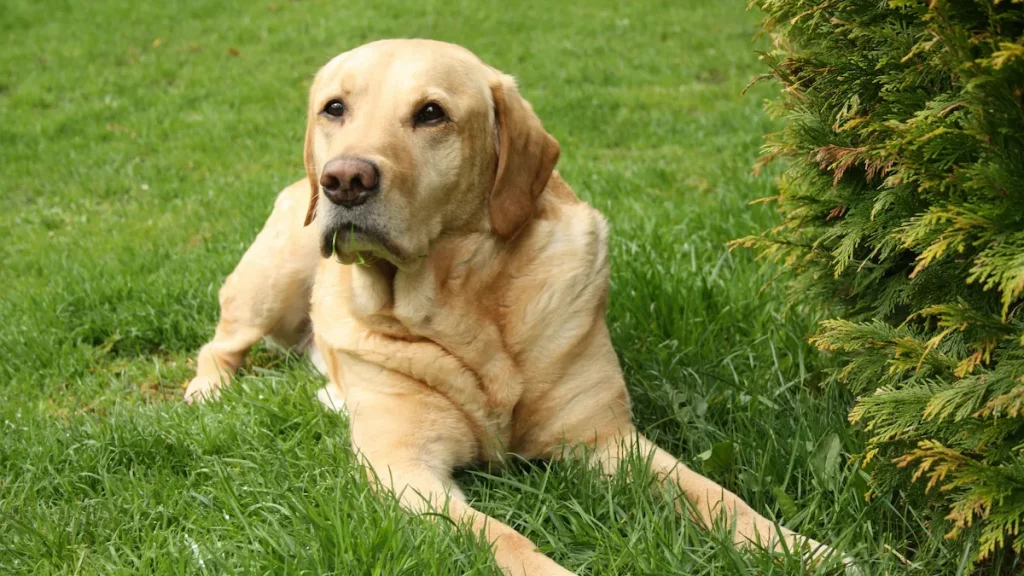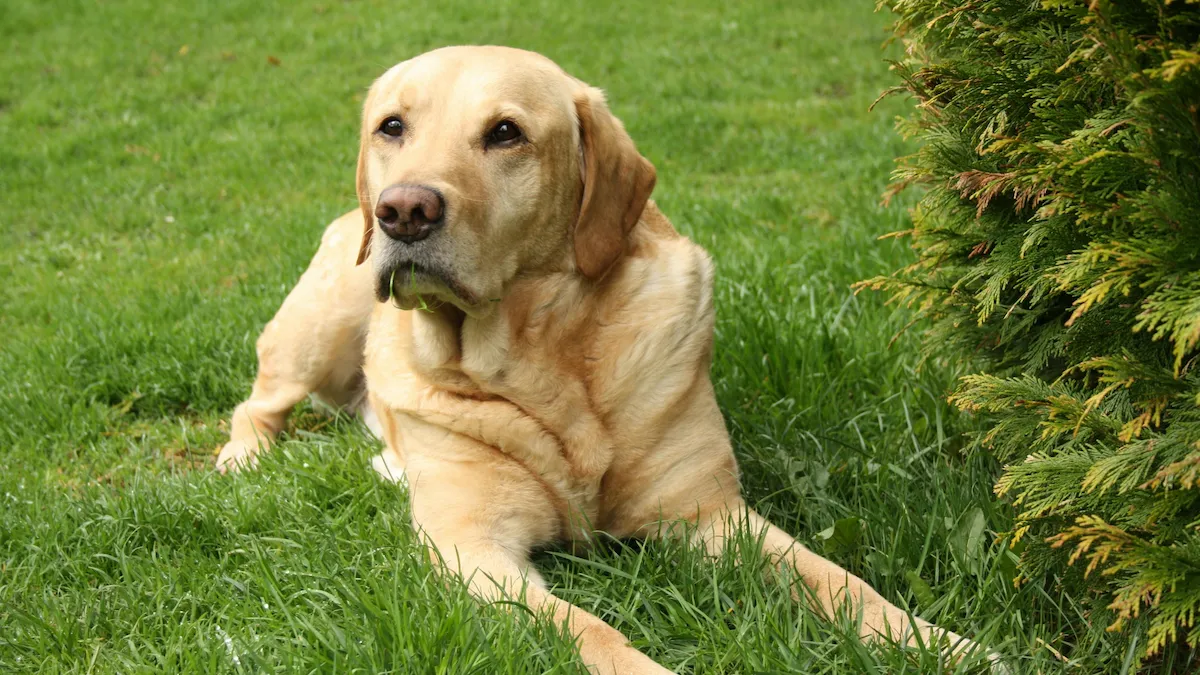
Introduction
Watching your dog struggle with anxiety can be heartbreaking.
You want to help, but you might not be sure where to start — or how to do it safely.
While medications can help in extreme cases, many dogs respond beautifully to gentle, natural calming techniques.
Learning how to calm an anxious dog naturally not only supports their emotional health but also strengthens the bond you share with your furry friend.
Let’s explore simple, vet-approved ways to ease your dog’s anxiety without heavy medications or complicated treatments.
Why Natural Calming Techniques Matter
Natural calming techniques aren’t just about avoiding medication — they’re about building a foundation of trust, stability, and emotional security for your dog.
When done thoughtfully, natural remedies for dog anxiety:
- Have fewer side effects
- Improve your dog’s overall well-being
- Strengthen the emotional connection between you and your pet
Of course, for some severe cases, professional veterinary intervention may still be needed.
But for many dogs, these simple, natural strategies can make a world of difference.
Recognizing your dog’s triggers is key to calming anxiety naturally. Learn about common dog anxiety triggers here.
7 Vet-Approved Natural Ways to Calm an Anxious Dog
1. Create a Safe, Quiet Space
Dogs need a place where they feel protected from overwhelming sights, sounds, and changes.
A cozy crate, a soft bed in a quiet corner, or even a small room set up as a “comfort zone” can work wonders.
Let your dog retreat when they need to — don’t force interaction if they seek out their safe space.

2. Use Calming Scents (Aromatherapy for Dogs)
Certain scents, like lavender and chamomile, have been shown to reduce stress in dogs. According to PetMD, pet-safe aromatherapy can be a helpful natural aid for anxious dogs when used correctly.
Pet-safe aromatherapy diffusers or sprays (designed specifically for dogs) can gently soothe your anxious pup.
Important: Never use human-grade essential oils — some can be toxic to dogs.
Always use products that are labeled safe for pets, and consult your veterinarian if you’re unsure.
3. Provide Physical Contact and Gentle Massage
Your touch can be incredibly healing.
Gentle petting, soothing strokes along the spine, or light massages on tense areas can lower cortisol (the stress hormone) and relax your dog’s nervous system.
Let your dog guide you — some anxious dogs crave touch, while others need time to warm up.
4. Incorporate Anxiety-Reducing Music
It might sound surprising, but music specifically composed for dogs can lower heart rate, reduce barking, and help with separation anxiety. The American Kennel Club (AKC) even highlights how music therapy can benefit anxious pets.
Look for playlists or albums designed for calming dogs — soft classical music, harp compositions, or specialized “dog music” often works best.
Playing calming music during thunderstorms, fireworks, or even when you leave the house can create a comforting atmosphere.
5. Daily Exercise and Mental Enrichment
A tired dog is often a calmer dog. Regular exercise and mental stimulation are key ways to calm an anxious dog naturally without needing medication.
Regular walks, active play sessions, puzzle toys, and short training sessions can burn off excess anxious energy and keep your dog’s mind busy.
Mental stimulation is just as important as physical exercise — solving small “problems” or playing new games keeps anxiety at bay.
6. Try Natural Supplements (with Vet Approval)
Natural calming supplements like CBD treats (specially formulated for pets), L-theanine, or calming chews made with ingredients like chamomile and valerian root are gaining popularity.
Important: Always consult your veterinarian before starting any supplement.
Even natural remedies can interact with medications or health conditions.
7. Establish Predictable Routines
Dogs love predictability.
Feeding times, walk times, playtimes, and even bedtime routines give your dog a sense of security.
The more your dog knows what to expect, the less likely they are to become anxious when life gets unpredictable.
Simple daily rituals can have a powerful calming effect over time.
Signs Your Dog May Need Extra Help
If you try these natural methods and your dog still struggles with intense anxiety, it may be time to seek professional help.
Warning signs include:
- Destructive chewing or digging
- Self-injury (excessive licking, biting)
- Continuous barking, whining, or howling
- Attempts to escape (digging under fences, scratching doors)
If you notice these signs, speak to your veterinarian. They can help you create a tailored behavior plan or refer you to a veterinary behaviorist if needed.
For more insights on dog behavior issues, check out this guide from the ASPCA.
If your dog shows signs of severe distress, it might be time to seek professional help for dog anxiety.
Conclusion
Helping a dog through anxiety doesn’t always require medications or complicated interventions. With patience and the right strategies, you can calm an anxious dog naturally and strengthen your bond along the way.
Learning how to calm an anxious dog naturally empowers you to support your pet with patience, compassion, and smart daily habits.
Every dog is unique — some respond to calming scents, while others thrive with more mental stimulation or simply a comforting routine.
Be patient with the process, and trust your instincts as a loving dog parent.
If you want to dive deeper into understanding what might be triggering your dog’s stress, check out our guide on 7 Common Triggers of Dog Anxiety.

📣 We’d Love to Hear from You!
Have you tried any natural methods to calm your dog’s anxiety?
🐾 Share your experience in the comments below!
Your story could inspire or help another dog owner, and together, we can create a calmer, happier world for our furry friends. 💬🐶


Leave a Comment